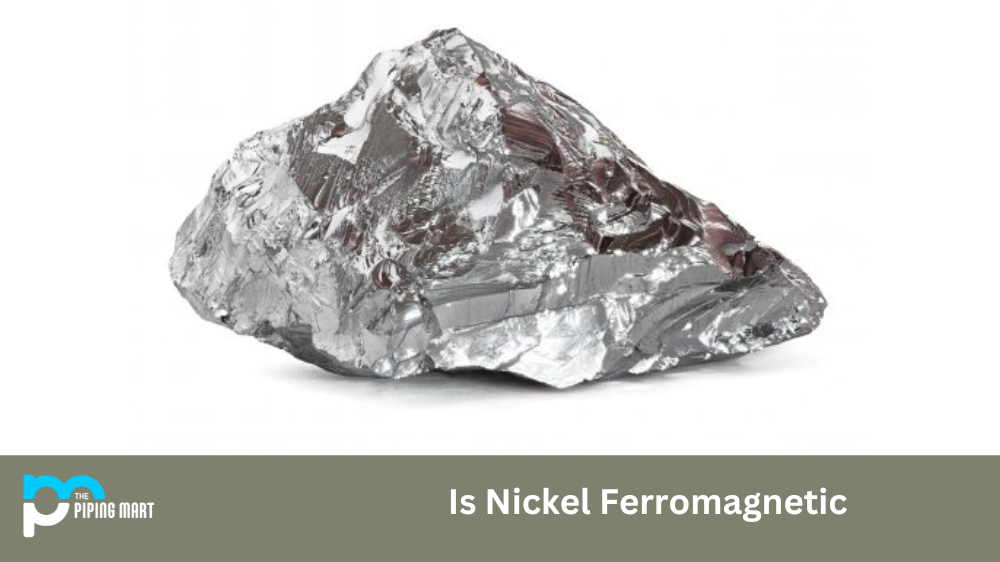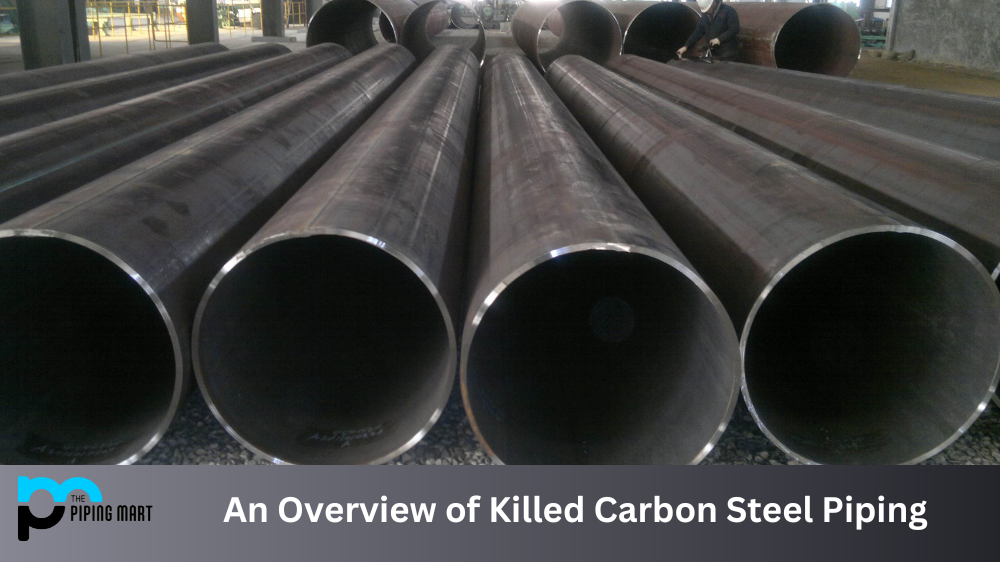Whether you’re a metalworker, engineer, or hobbyist, if you’ve ever heard the term “billet aluminium,” then you know that it is an incredibly useful material. But what is billet aluminium, and how does it differ from regular aluminium? In this blog post, we will answer these questions and more. Read on to find out all about the composition, physical properties, mechanical properties, and uses of billet aluminium.
Billet Aluminium Composition
Billet aluminium is a type of wrought aluminium alloy created from a cast ingot or “billet” that has been heated and extruded into a round shape. It is composed primarily of aluminium with smaller amounts of copper, manganese, magnesium, silicon, zinc, and other metals in varying proportions depending on the specific grade. It also contains trace amounts of iron and titanium as impurities.
Billet Aluminium Physical Properties
The physical properties of billet aluminium depend on its composition, but generally speaking, it has good electrical conductivity (about 63%), low thermal expansion (about 25%), high hardness (about 200 HBW), high strength-to-weight ratio (around six times stronger than steel), good corrosion resistance (especially when anodized), good thermal conductivity (around 155 W/mK), excellent formability (can be bent without breaking), and relatively low cost compared to other materials.
Billet Aluminium Mechanical Properties
When compared to regular cast or wrought aluminium alloys, billet aluminium offers superior mechanical properties such as higher tensile strength (up to 250 MPa) and higher yield strength (up to 180 MPa). Additionally, its superior ductility makes it easier to work with when machining or forming complex shapes. As such, it is commonly used for automotive parts that require high-strength yet lightweight components, such as pistons and crankshafts.
Billet Aluminium Uses
One major use for billet aluminium is in the automotive industry, where its superior strength-to-weight ratio makes it ideal for engine components like pistons, crankshafts, flywheels etc. Additionally, it can be used in aerospace applications due to its low weight combined with high strength making it suitable for structural components such as bulkheads or wing spars. Other common uses include furniture fabrication due to its malleability when heated up, allowing complex shapes to be formed easily; architectural applications due to its corrosion resistance; sporting goods such as bike frames; marine applications where salt water exposure would normally cause rapid corrosion; cookware due to its heat conductivity; jewelry making due to its malleability; electronics because of its electrical conductivity; and much more!
Conclusion:
When it comes down to brass tacks, there are many reasons why billet aluminum should be considered for your next project over other metals such as steel or titanium. Its superior strength-to-weight ratio allows you to create lighter yet stronger components than those made from cast or wrought aluminium alloys while still being relatively inexpensive compared to other metals like titanium or stainless steel. Additionally, billet aluminium has excellent formability when anodized, which means complex shapes can be formed easily while still providing excellent corrosion protection against saltwater exposure, which makes it ideal for marine applications too! No matter what your application may be, there’s no doubt that billet aluminum should at least be considered an option due to its versatility and cost savings versus other metals!
Meet Heer, a dynamic and driven writer learning tricks of her trade in the metal industry. With a background in Digital Marketing, Heer brings a unique perspective to her writing, sharing valuable insights. Apart from blogging she like reading and hiking.




